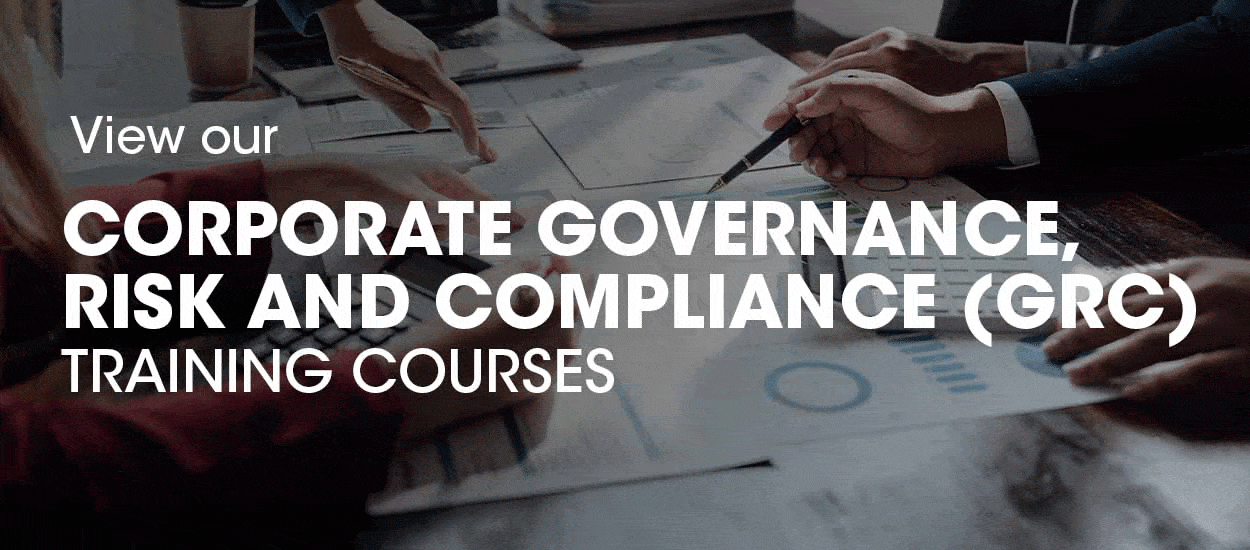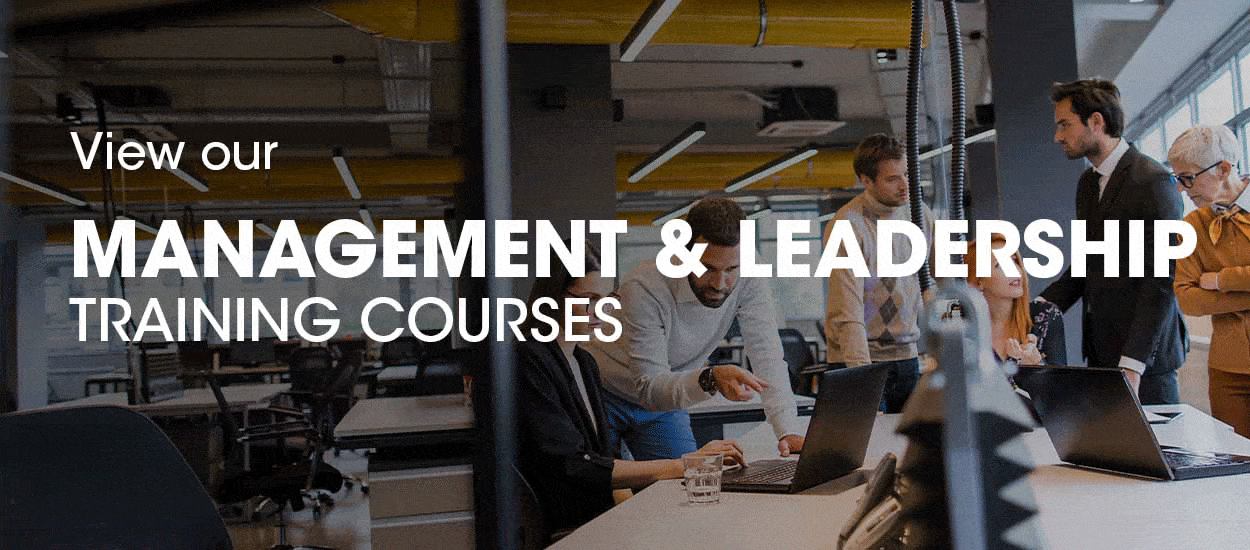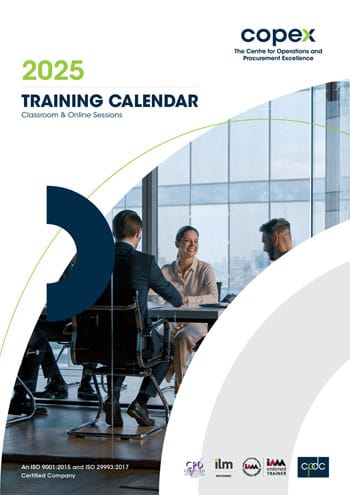
What Does GRC Stand For In Risk Management?
4 mins readGovernance, Risk, and Compliance—GRC—has become a critical framework in successful business operations. It may sound like just another business acronym, but for organizations navigating today’s increasingly complex regulatory and operational landscapes, GRC is nothing short of a game-changer.
For business leaders, managers, and risk professionals, understanding GRC is not an option—it’s a necessity. This blog will break down what GRC stands for, explain its importance in risk management, and provide actionable insights into how you can implement it effectively.
What Does GRC Mean?
GRC stands for Governance, Risk, and Compliance. These three interconnected pillars form the foundation for ensuring an organization operates effectively, complies with all applicable regulations, and mitigates risks.
- Governance refers to the processes, policies, and procedures that steer an organization. It ensures that decision-making aligns with corporate goals and ethical standards.
- Risk Management focuses on identifying, assessing, and mitigating risks that could affect an organization’s objectives. These risks could be financial, operational, reputational, or even technological.
- Compliance deals with adhering to laws, regulations, and internal policies. This ensures that the organization avoids legal troubles and maintains its reputation.
Together, GRC provides a framework that drives efficiency, accountability, and ethical behavior across an organization.
The Value of GRC in Modern Businesses
1. Improved Decision-Making
Effective GRC frameworks integrate governance, risk, and compliance into one cohesive model. This holistic view of an organization helps leaders make data-driven decisions, enabling businesses to understand risks and opportunities more clearly.
2. Enhanced Risk Management
With a GRC framework in place, companies can proactively identify and address risks. For example, a financial institution using a robust risk management approach might detect fraudulent activities early, preventing huge financial losses.
3. Operational Efficiency
By unifying governance, risk, and compliance efforts, businesses minimize siloed operations. A single, streamlined GRC system reduces duplication, optimizes resources, and ensures clear communication between departments.
4. Regulatory Compliance
Compliance violations can lead to hefty fines, legal challenges, and reputational damage. GRC ensures that organizations stay ahead of regulatory requirements through ongoing audits, monitoring, and training.
5. Stronger Stakeholder Trust
Whether it’s customers, investors, or employees, people want to associate with trustworthy organizations. A well-implemented GRC framework creates transparency, which is crucial for building confidence among stakeholders.
Key Components of a GRC Framework
To fully implement GRC, businesses must understand its main components. Here are the core elements that contribute to a successful framework:
Governance
- Corporate Policies: Clearly written policies that outline ethical standards and align with organizational goals.
- Leadership and Culture: Leadership plays a key role in establishing a corporate culture that embraces ethics and accountability.
- Performance Metrics: Tracking organizational performance to ensure compliance with strategic objectives.
Risk
- Risk Identification: Identifying risks across all areas, including financial, technological, and environmental domains.
- Risk Assessment: Evaluating the probability and impact of identified risks and prioritizing them based on severity.
- Risk Mitigation: Implementing measures to reduce or eliminate risks. This could involve adopting cyber-secure technologies, diversifying supply chains, or acquiring business insurance.
Compliance
- Regulatory Knowledge: Staying up-to-date with changing laws, like GDPR for data protection or SOX for financial transparency.
- Internal Audits and Reporting: Regular audits to ensure compliance and identify any areas of improvement.
- Training Programs: Ensuring employees are well-informed about company policies and regulations.
Examples of GRC in Action
Many organizations have successfully leveraged GRC frameworks to manage their risks and align operations with their strategic goals. Here are two real-world cases:
1. Financial Services
A large financial institution implemented GRC software to manage the massive number of regulations it faces. The software provided a centralized dashboard for tracking compliance issues, reducing errors, and improving reporting accuracy. As a result, the company improved regulatory adherence and reduced its risk exposure significantly.
2. Retail Industry
A multinational retailer needed to protect its supply chain from disruptions. By adopting a GRC strategy that included regular risk assessments and automated compliance updates, the company was able to identify vulnerabilities early and implement contingency plans effectively.
How to Implement GRC in Your Organization
Building a robust GRC framework may seem daunting, but following these steps can simplify the process:
Step 1. Define Objectives
Ask yourself, what do you want GRC to achieve? Your goals might include mitigating cyber risks, ensuring data compliance, or improving financial transparency.
Step 2. Assess Current GRC Practices
Conduct an internal audit to identify gaps in your existing GRC processes. Are departments working in silos? Are there risks that haven’t been addressed yet?
Step 3. Choose the Right Tools
Modern GRC software platforms, such as RSA Archer or MetricStream, can automate many aspects of governance, risk management, and compliance.
Step 4. Engage Stakeholders
Get buy-in from leadership and involve key departments in the GRC implementation process. Collaboration is critical to success.
Step 5. Develop Comprehensive Policies
Clearly document policies, workflows, and roles. These should be tailored to your specific industry and regulatory environment.
Step 6. Monitor and Refine
Once the GRC framework is up and running, continuously monitor its effectiveness and adapt to changing business environments or regulatory landscapes.
The Role of Technology in GRC
Technology has become integral to GRC implementation, offering tools that simplify tracking, reporting, and compliance. Many organizations rely on advanced GRC platforms for:
- Automation of repetitive tasks, such as compliance checks.
- Real-Time Monitoring, which identifies risks as they occur.
- Data Analytics, providing actionable insights for decision-makers.
AI and machine learning are increasingly being incorporated into GRC solutions, offering predictive capabilities that can foresee risks before they materialize.
Why Now is the Time to Invest in GRC
The business landscape is more dynamic and unpredictable than ever. From cybersecurity threats to changing regulations, organizations face a broad spectrum of challenges. A well-implemented GRC framework not only safeguards against risks but also positions a company as a leader in its field.
Companies that delay adopting GRC frameworks risk falling behind—both in compliance and in fostering a culture of accountability and growth.
If your organization is not yet thinking about GRC, now is the time to start. With the right framework, tools, and mindset, GRC can transform your operations and prepare you for whatever the future holds.






